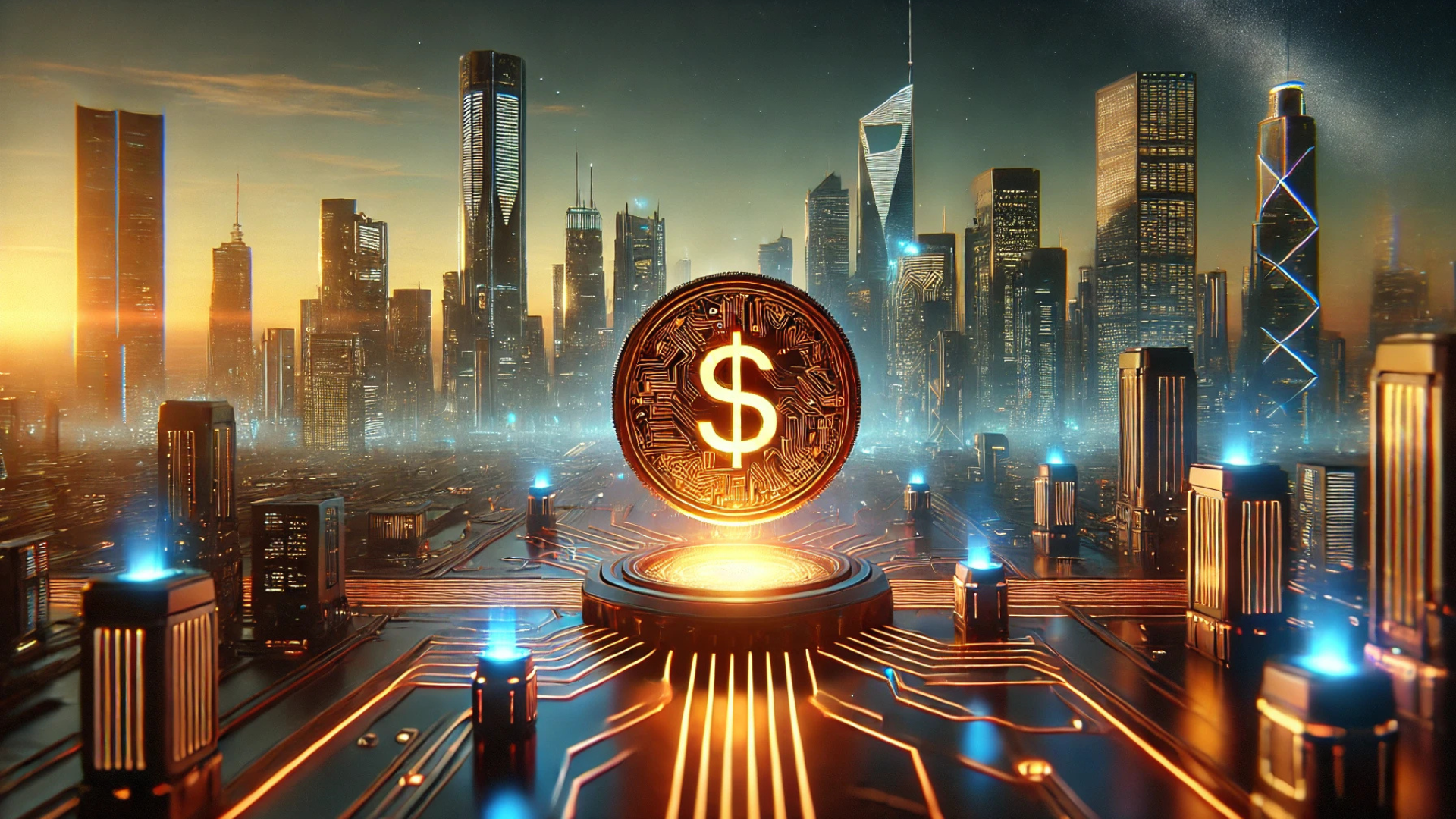
Former U.S. President Donald Trump’s latest move to impose sweeping tariffs — unveiled on what he dubbed “Liberation Day” — is rattling global markets and sparking debate across the crypto industry. While traditional sectors brace for short-term shocks, blockchain experts suggest the move could ultimately foster growth and maturity within digital asset markets.
Tariffs as a Negotiation Tool
Trump’s new tariff proposal includes a baseline 10% levy on imports, a stark increase that would elevate the U.S. into the ranks of high-tariff economies like Argentina (11.4%) and Brazil (12.1%). By contrast, the U.S. averaged just 3.4% in 2024 — well below the global average of 8.6%.
Analysts interpret the move not just as an economic decision, but a strategic maneuver aimed at pressuring trade partners into renegotiation. It’s a familiar tactic from Trump’s first term — economic tension as leverage.
“Trump will continue to ‘play’ with tariffs — using them as a negotiation tactic,” said Mateusz Kara, CEO of Ari10. “He’ll start high, then lower them in return for favorable trade terms. It’s all part of his game plan.”
Crypto’s Reaction: From Uncertainty to Opportunity
While Kara notes that the real market disruption comes from uncertainty, not the tariffs themselves, other crypto leaders see a longer-term upside.
“Liberation Day is Trump’s attempt to utilize classic business techniques on global trade markets,” said Gus van Rijckevorsel, CEO of Ultra. “It’s messy, but effective — if you can control the fallout.”
Van Rijckevorsel predicts heightened volatility in the near term, but believes stress-testing the system could actually benefit the crypto industry.
“For institutional adoption to grow, the crypto markets must show how they respond under pressure. We’re beginning to see signs that they’re evolving and adapting.”
The Dollar’s Role and DeFi’s Potential
Marcin Kazmierczak, COO of RedStone, weighed in on the broader implications for the U.S. dollar. He emphasized that while protectionist policies may initially boost the dollar as a safe-haven asset, the long-term impact could be damaging.
“If global partners start diversifying away from the dollar — whether due to inflation, alternative currencies, or political risk — we could see cracks in its dominance. That’s where decentralized alternatives may begin to shine.”
This sentiment aligns with the crypto ethos: a move away from centralized, politically driven monetary systems toward decentralized, borderless finance.
Market Maturity and the End of Memecoins?
Van Rijckevorsel also commented on Trump’s indirect influence on the speculative edge of the crypto space, accusing him of perpetuating market immaturity.
“Trump appeals to the worst sides of the crypto market — pumping tokens with no real utility for a quick buck.”
However, he sees a shift underway. “Memecoin fatigue” and an evolving investor mindset are gradually clearing out speculative tokens and redirecting attention to utility-based digital assets with real-world applications.
A Turning Point for Crypto?
While Trump’s tariff move has sent tremors through both traditional and crypto markets, the overall sentiment among experts is cautiously optimistic. Short-term volatility is inevitable, but the long-term effect could be a more resilient, mature digital asset landscape.
In the words of Kara: “Markets just need certainty. Once they understand the rules of the game, they adapt and crypto will too.”




































































































































































































































































































































































































































































































































































































































































































































































































































































































































































































































































































































